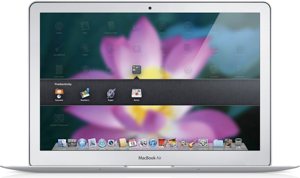
Thankfully, the geniuses over at Apple have made the process easy for us-no need for a disc no need for a drive-all you need is a decent internet connection. Often, the best option to fix these problems would be to reformat your computer and reinstall your OS, but since most of us don't plan on ever taking this drastic measure, we don't obtain a recovery disc or thumb drive. In other cases, your Mac can be experiencing some major malfunctions: constant crashing, locked controls, slow boot times, missing files, etc. At one point, I realized that there were plenty of files on my Mac that I didn't need any more, but too many to delete individually. Problem: Aging and prolonged usage can slow down a Mac.Also, a lot of other factors can degrade your Mac performance, like hard drive becoming full, macOS being outdated, several login items enabled, many apps running in the background, hardware issues, etc.As I've said before, slowing down is not an option for me. Read Case Study: Whooping 94% data recovered from unmounted external drive on MacBook Pro.Mode 3: erase deleted data under OS X 10.6 Snow Leopard. Once a hard drive is wiped by AweEraser for Mac, all the data on the hard drive will be permanently erased. The mode2 can help you wipe entire hard drive under OS X 10.6 Snow Leopard. Mode 2: wipe hard drive under OS X 10.6 Snow Leopard.This information is useful for clearing out any private data. Read this if you would like to learn how to securely wipe an iMac or later Apple-based hard drives/partitions.

How to Securely Wipe an iMac or Mac OS X Based System Hard Drive.For instructions on how to format a drive in Mac OS 10.11 (El Capitan) and above click here. However, the steps are suitable for Mac OS X 10.6.8 to 10.10.5. The following is based on Mac OS X version 10.10.5. Reformatting the drive will erase all data on the drive, so you should copy any data you want off the drive prior to formatting.Mac Os X 10.6 Wipe Hard Drive And Reinstall Windows.Mac Os X 10.6 Wipe Hard Drive Windows 10.


 0 kommentar(er)
0 kommentar(er)
